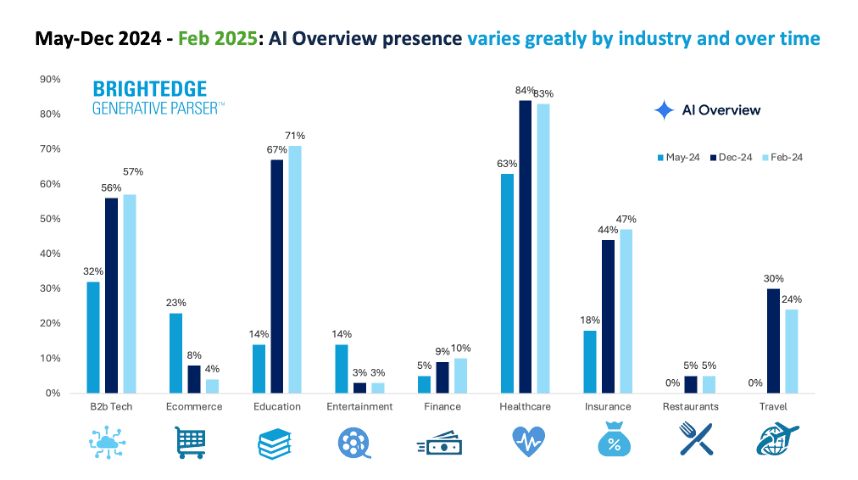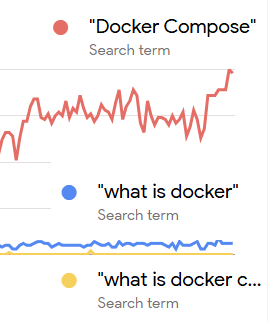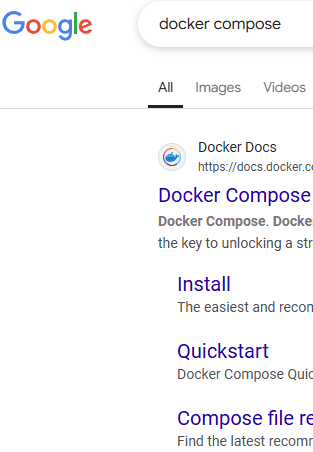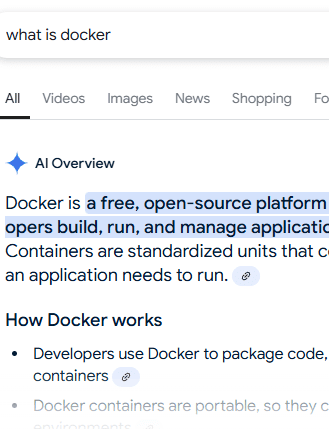Google AI Overviews Trending Toward Authoritative Sites via @sejournal, @martinibuster
New data provided to Search Engine Journal shows that the sites Google is ranking in AI Overviews varies by time and industry, offering an explanation of volatility in AIO rankings. The new research shows what industries are most impacted and may provide a clue as to way.

AIO Presence Varies Over Time and By Industry.
The research was provided by BrightEdge using their proprietary BrightEdge Generative Parser technology that tracks AI Overviews, detects patterns and offers insights useful for SEO and marketing.
Healthcare, Education, and B2B Technology topics continue to show greater presence in Google’s AI Overviews. Healthcare and Education are the two industries where BrightEdge saw the strongest growth as well as stability of which sites are shown.
Healthcare has the highest AIO presence at 84% as of late February 2025. AIOs shown for Education topics show a consistent growth pattern, now at 71% in February 2025.
The travel, restaurant and insurance sectors are also trending upward, with the travel queries being a notable trend. Travel had zero AIO presence in May 2024 but that’s completely different now. Travel is now up to 20-30% presence in the AIO search results.
The presence of restaurant related topics in AIO are up from 0 to 5%, suggesting a rising trend. Meanwhile insurance queries have grown from 18% of queries in May 2024 to a whopping 47% of queries by February 2025.
B2B technology queries that trigger AIO are at 57%. These kinds of queries are important because they are typically represent research related by people involved in decision making. Purchase decisions are different than with consumer queries. So the fact that 57% of queries are triggering AIOs may be a reflection of the complexity of the decision making process and the queries involved with that process.
Let’s face it, technology is complex and the people using it aren’t expert in concepts like “data modeling” and that’s the kind of queries BrightEdge is seeing, which could be reflective of the end user wrapping their minds around what the technology does and how it benefits users.
Having worked with B2B technology it’s not unusual for SaaS providers to use mind numbing jargon to sell their products but the decision makers or even the users of that technology aren’t necessarily going to understand that kind of language. That’s why Google shows AI Overviews for a keyword phrase like associative analytics engine instead of showing someone’s product.
Finance related queries, which had been on a moderate growth trend have doubled from 5% of queries in May 2024 to 10% of queries in February 2025.
Here’s the takeaway provided by BrightEdge:
- B2B Tech is at 57%, in Feb-25. Finance has been growing moderately and doubled from 5% in May-24 to 10% in Fed-25
- Ecommerce 4% (down from 23% in May-24). Entertainment has dropped to 3%.
- Ecommerce and Entertainment presence drops from suggests more testing and alignment with traditional Google search where users can engage in platform experiences. For Ecommerce, the use of features like product grids may be the reason. Traditional search provides more in-platform experiences.
What Does This Mean?
This volatility could reflect variable quality of complex user queries. Given that these are complex queries that are triggering AIO then it may be reasonable to assume that they are longtail in nature. Longtail doesn’t mean that they’re long and complex queries, they can also be short queries like “what is docker compose?”
Screenshots of Google trends shows that more people query Docker Compose than they do What is Docker Compose or What is Docker. Why do more people do that?
Screenshot Of Google Trends



It’s clearly because people are querying Docker Compose as a navigational query. And you can prove that Docker Compose is a navigational query because Google’s search results don’t show an AIO for the query “Docker Compose” but it does show AIO for the other two.
Screenshot Shows SERPs For Docker Compose



Screenshot Shows “What Is” Query Triggers AIO



Changes In AIO Patterns: Gains For Authoritativeness
An interesting trend is that queries for some topics correlated to answers from big brand sites. This is interesting because it somewhat mirrors what happened with Google’s Medic update where SEOs noticed that non-scientific websites no longer ranked for medical queries. Some misunderstood this as Google betraying a bias for big brand sites but that’s not what happened.
What happened in that update was not limited to health related topics. It was a widespread effect that was more like a rebalancing of queries to user expectations- which means this was all about relevance. A query about diabetes should surface scientific data not herbal remedies.
What’s happening today with AIO, particularly with AIO, is a similar thing. Google is tightening up the kind of content AIO is showing to users for medical and technology queries.
Is it favoring brands or authoritativeness? The view that Google has favored brands is shallow and lacks substance. Google has consistently shown a preference for ranking what users expect to see and there are patents that support that observation. SEOs who expect to see rankings based on their made for search engines links, optimized for search engines content, and naïve “EEAT optimized” content completely miss the point of what’s really going on in today’s search engines that rank content based on topicality, user preferences and user expectations. Trustworthy signals of authoritativeness very likely derive from users themselves.
Here’s what BrightEdge shared:
- “For example, in the healthcare category, where accuracy and trustworthiness are paramount, Google is increasingly showing search results from just a handful of websites.
- Content from authoritative medical research centers account for 72% of AI Overview answers, which is an increase from 54% of all queries at the start of January.
- 15-22% of B2B technology search queries are derived from the top five technology companies, such as Amazon, IBM, and Microsoft.”
Takeaways:
- AIO Presence Varies by Industry and Time
- There is growth in AIO visibility for Healthcare, Travel, Insurance, and B2B Technology
- Declining presence of AIO in Ecommerce and Entertainment
- AIO patterns indicate a preference for authoritative sources. AIO results are increasingly sourced from authoritative sites, particularly in Healthcare and B2B Tech.
In B2B Tech, 15-22% of AIO responses come from the top five companies. This shift may mirror previous Google updates like the Medic Update that appeared to rebalance search results based on authoritativeness and user expectations.
More information about AI Overviews at BrightEdge












